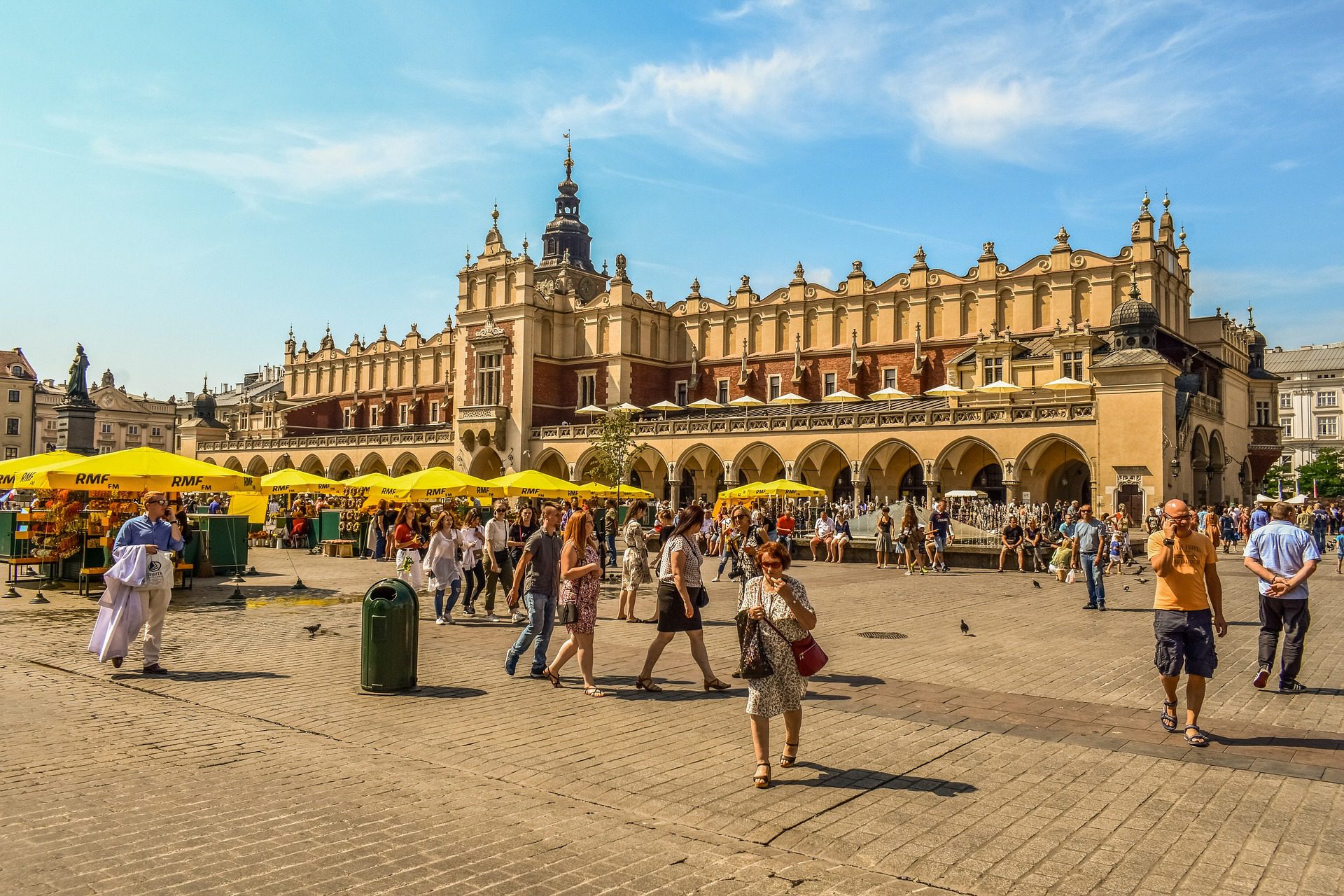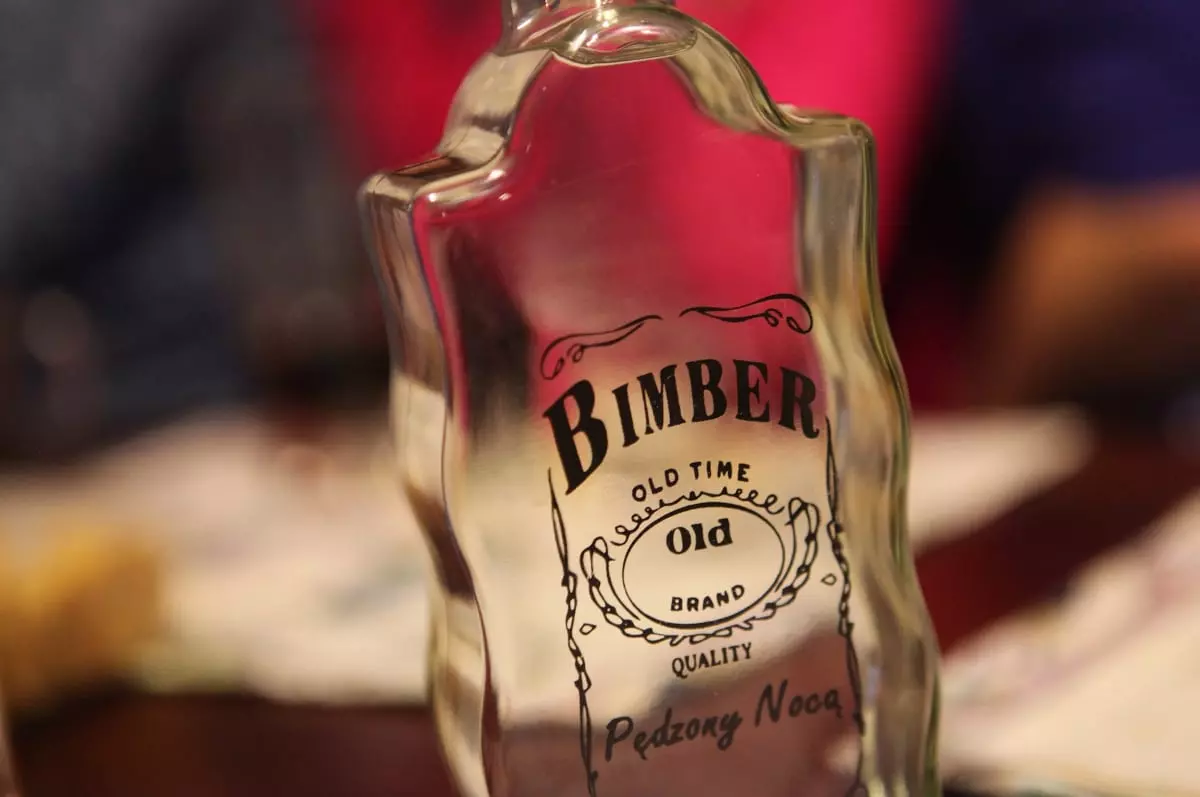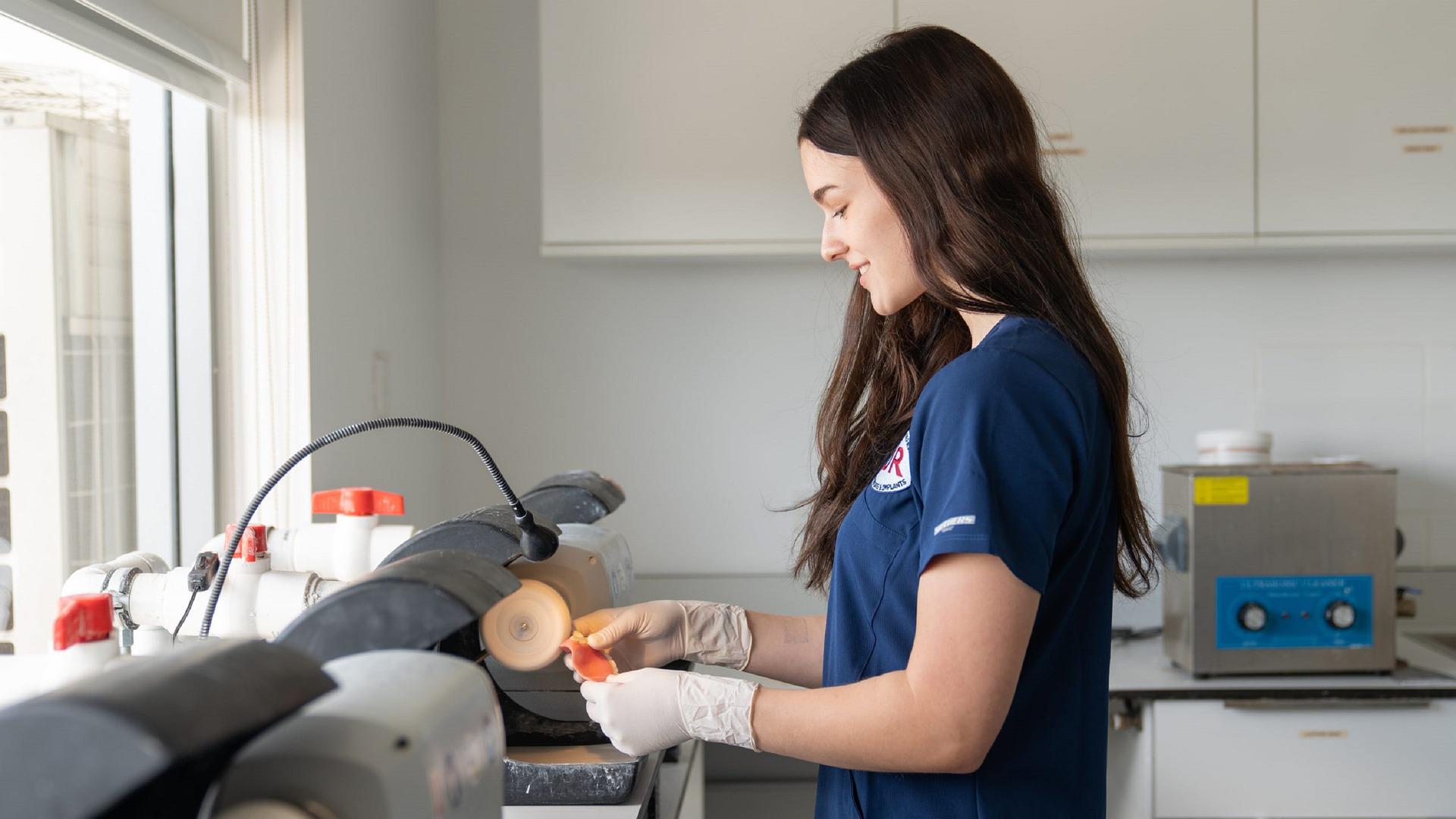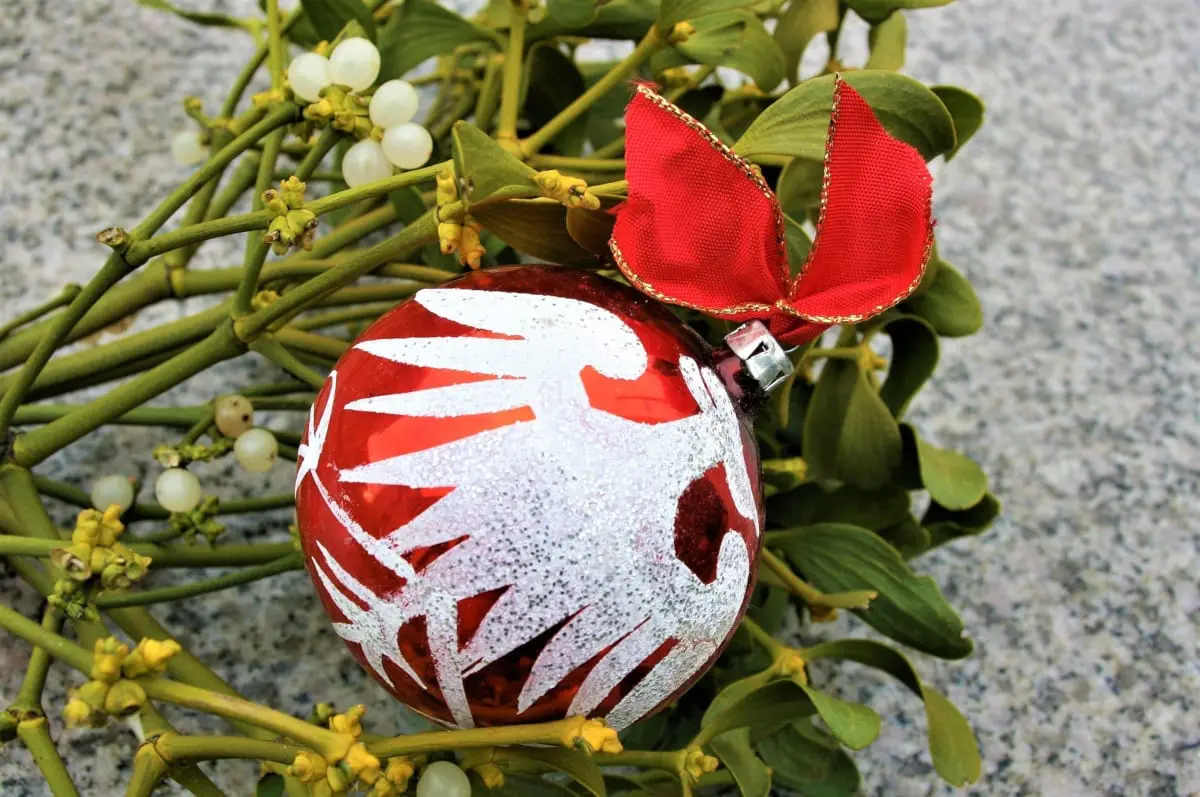Polish food
Kuchnia Polska
Polish food is a delicious blend of traditional Slavic flavours with influences from neighbouring countries such as Germany, Russia, and Hungary. With its hearty dishes and comforting flavours, Polish food is a celebration of the country’s rich cultural heritage and history. Polish food is still enjoyed by millions of Poles despite the wide range of other cuisines available in Poland today.
One of the most iconic Polish dishes is pierogi, which are small dumplings filled with various ingredients such as mashed potatoes, sauerkraut, cheese, or meat. Pierogi are typically boiled and then served with sour cream or fried onions. They are a popular comfort food in Poland and can be found in many variations throughout the country.
Another popular dish in Poland is bigos, a hearty stew made with sauerkraut, meat, and sausage. This dish is often served with rye bread and is a perfect winter warmer, as it’s both filling and flavourful.
If you’re looking for something lighter, Polish food also offers a wide variety of soups. One of the most popular soups is barszcz, which is a beetroot soup that’s often served with uszka (small dumplings filled with mushrooms or meat). Another popular soup is zurek, which is made with fermented rye flour and served with boiled eggs and sausage.

Polish food also has a sweet side. One of the most famous Polish desserts is paczki, which are small, round doughnuts filled with fruit or cream. Paczki are typically eaten on Fat Thursday, which is the last Thursday before Lent, and are a staple of Polish cuisine.
Poland is also well known for its meat dishes, such as kotlet schabowy (pork cutlet), which is a breaded and fried pork cutlet served with potatoes and vegetables. Another popular meat dish is kielbasa, which is a type of sausage that can be found in many variations throughout Poland.
Polish food also has a strong tradition of baking. Some of the most popular Polish pastries include sernik (cheesecake), makowiec (poppy seed cake), and drozdzowka (sweet yeast bread). These pastries are often enjoyed with a cup of coffee or tea and are a perfect way to end a meal.
Preparation
The traditional cuisine generally is demanding, and Poles allow themselves a generous amount of time to prepare and enjoy their festive meals, with some meals (like Christmas eve or Easter Breakfast) taking a number of days to prepare in their entirety.
Traditionally, the main meal is eaten about 2pm, and is usually composed of three courses, starting with a soup, such as popular bouillon or tomato or more festive barszcz (beet) or zurek (sour rye meal mash), followed perhaps in a restaurant by an appetizer of herring (prepared in either cream, oil, or vinegar). Other popular appetisers are various cured meats, vegetables or fish in aspic.
Polish food – The main course
The main course is usually meaty including a roast or kotlet schabowy (breaded pork cutlet). Vegetables, currently replaced by leaf salad, were not very long ago most commonly served as ‘surowka’ – shredded root vegetables with lemon and sugar (carrot, celeriac, beetroot) or fermented cabbage (kapusta kwaszona).
The sides are usually boiled potatoes or more traditionally kasha (cereals). Meals often conclude with a dessert such as makowiec (poppy seed cake), or drozdzowka, a type of yeast cake.
Other Polish food specialities include chlodnik (a chilled beet or fruit soup for hot days), golonka (pork knuckles cooked with vegetables), kolduny (meat dumplings), zrazy (stuffed slices of beef), salceson and flaczki (tripe).
Polish Soups
Chłodnik litewski: cold yoghurt-and-beetroot soup served with a hardboiled egg, originally from Lithuania.
Barszcz biały: sour thick wheat starch soup with marjoram, potatoes, sometimes with cream.
Barszcz czerwony: refreshing beetroot soup with vegetables and sour cream or served clear with dumplings.
Żurek: sour rye soup with potato, sausage or an egg, sometimes served in a bread loaf.
Krupnik: barley soup with a smattering of vegetables and smoked meat.
Kapuśniak: sour cabbage soup.
Zupa ogórkowa: hot sour cucumber soup.
Zupa koperkowa: dill soup.
Rosół z kurczaka: golden chicken consommé with noodles.
Zupa pomidorowa: tomato soup, often with rice or noodles.
Grochówka: thick pea soup.
Zupa grzybowa: mushroom soup with cream.
Flaki wołowe: beef tripe soup.
Hors d’Oeuvres
Smalec: partially double fried lard with onion, marjoram and sometimes with apple or prune. It is spread over bread and served together with pickled cucumbers as an appetizer before the main meal.
Śledzie w śmietanie: herring in sour cream, usually with onion.
Boczek ze śliwką: bacon stuffed with prunes.
Tatar: steak tartar; raw minced beef with chopped onion and raw yolk.
Main Courses in Poland
Eskalopki z cielęciny: veal in a blanket.
Polędwiczki wołowe: beef sirloin, often with rare mushroom sauce.
Ozór wołowy: soft steamed beef tongues.
Sztuka mięsa w sosie chrzanowym: boiled chunk of beef in horseradish sauce.
Zrazy zawijane: beef rolls stuffed with bacon, gherkin and onion or red pepper, in a spicy sauce.
Golonka w piwie: fat, but tasty pork knuckle, sometimes in beer sauce, always with horseradish; very traditional, originally from Bavaria.
Karkówka: tenderloin, usually roasted
Kotlet schabowy: traditional breaded pork cutlet (a tasty choice if you do not want any risk).
Kiełbasa: Polish sausages – white sausages are especially very tasty. They go well with pickled cucumbers (gherkins) in combination with beer or vodka and fresh air.
Żeberka w miodzie: spare pork ribs in honey.
Kaczka z jabłkami: baked duck in apple.
Kurczak de volaille: chicken steaks spread with butter, filled with mushrooms and bread crumbed, originally French.
Wątróbki drobiowe: chicken liver.
Baranina: roasted or even grilled lamb – great, especially in the mountains.
Klopsiki: meatloaf, often with tomato sauce.
Bigos: appetizing, seasoned “hunter” stew made from sauerkraut with chunks of various meats and sausages, extremely traditional.
Dziczyzna: game.
Fasolka po bretońsku: cheap bean and sausage stew.
Gołąbki: cabbage parcels originally from Lithuania, they are stuffed with meat or meat and rice.
Kaszanka: grilled or baked solid pieces of buckwheat blended with pork blood and shaped as sausages.
Szaszłyk: originally Caucasian dish; chunks of meat grilled on a spit.
Karp po żydowsku: carp in aspic with raisins, originally Jewish.
Łosoś: salmon, often baked or boiled in a dill sauce.
Pstrąg: trout, sometimes flambé.
Sandacz: pike perch.
Pierogi: very traditional small white dumplings, larger than ravioli, filled with sauerkraut with mushrooms, cheese and potatoes or with fruit. They can be also with meat (z mięsem).
Naleśniki: omelettes stuffed with jam, fruit, cottage cheese etc. and very similar to crepes.
Knedle: potato dumplings stuffed with fruit, usually plums.
Frytki: chips.
Kopytka: hoof-shaped dumplings.
Kluski śląskie: Silesian dumplings, made from boiled potatoes.
Kasza gryczana: buckwheat groats.
Placki ziemniaczane: potato pancakes.
Deserts in Poland
Faworki: pastry twisters.
Galaretka: very sweet jellies.
Makowiec: sweet poppy cake.
Pączki: doughnuts.
Sernik: delicious fat cheese cake.
Szarlotka: cake with apples, sometimes served with whipped cream.
In conclusion, Polish cuisine is a rich and varied culinary tradition that reflects the country’s history and culture. From comforting dumplings and stews to sweet pastries and hearty meat dishes, Polish food has something for everyone. So next time you’re looking for a new culinary adventure, consider trying some traditional Polish dishes – you won’t be disappointed!
For further information about Poland including detailed tourist information, please visit our travel partner, the Poland Travel Agency.



